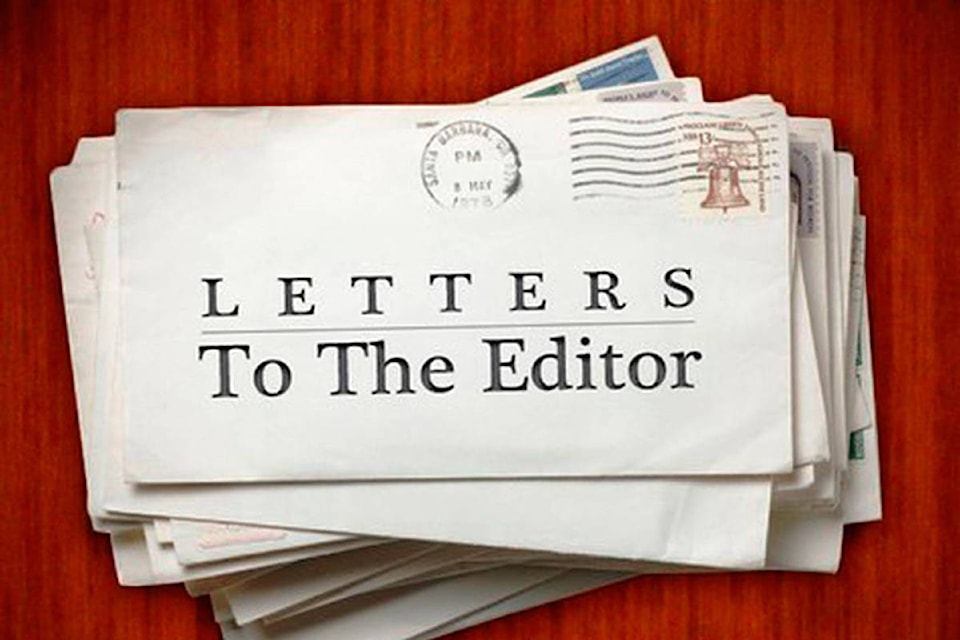Mr. Gerry Bowler’s diatribe in the Advocate recently, fulminating against the removal of the name of Hector Louis Langevin from a building in Ottawa, reminded me that the City of Calgary also recently re-named their Langevin Bridge as the Reconciliation Bridge. I doubt that was solely a signal of “virtue of the political class of today” reflecting “current Liberal policy,” to quote Mr. Bowler. There is something else going on these days.
Then I did a little research into Hector Louis Langevin’s position as a Father of Confederation. Renowned historians such as Bruce Hutchinson (1964) and Joseph Schull (l967) recounting the background to Confederation put Langevin into a supporting role to the main leaders in those lengthy deliberations. Mr. Bowler states that Langevin is being “erased from history” for the “crime of being associated with the Indian residential school system.” So then I went to WikiLink’s take on Hector Louis Langevin. This is the item they produced:
‘As Secretary of State for the Provinces Langevin made it clear to Parliament in 1883 that day schools would be insufficient in assimilating Aboriginal children. Langevin was one of the architects of the residential schools and argued: “The fact is that if you wish to educate the children you must separate them from their parents during the time they are being taught. If you leave them in the family they may know how to read and write, but they will remain savages, whereas by separating them in the way proposed, they acquire the habits and tastes … of civilized people.”
And then the light bulb came on in my mind. Canada, that brand new entity in a vast territory, merely endorsed Secretary of State Langevin’s stated policy of Forced Assimilation of those pesky Indigenous residents. We were, indeed, complicit in a serious effort to erase our own Indigenous population from our own history - in our non-violent Canadian way. I also realized that respected historians wrote reams about our history with absolutelyno reference at all to the Indigenous component in our Confederation. Well of course - the winners write the history, as usual, eh!
However, and I truly believe this – in 2017, after 150 years, Canadians have the freedom and the means to examine, analyze, and discuss our history with an honest, realistic, and fair-minded attitude, while recognizing that some things that were accepted in the past are not acceptable now. This means – not erasing Hector Louis Langevin (or anyone else) from the records. We can, and must, open the gates to understanding our true history in a good way for all seven generations into the future of Canada.
Bonnie Denhaan, Red Deer
